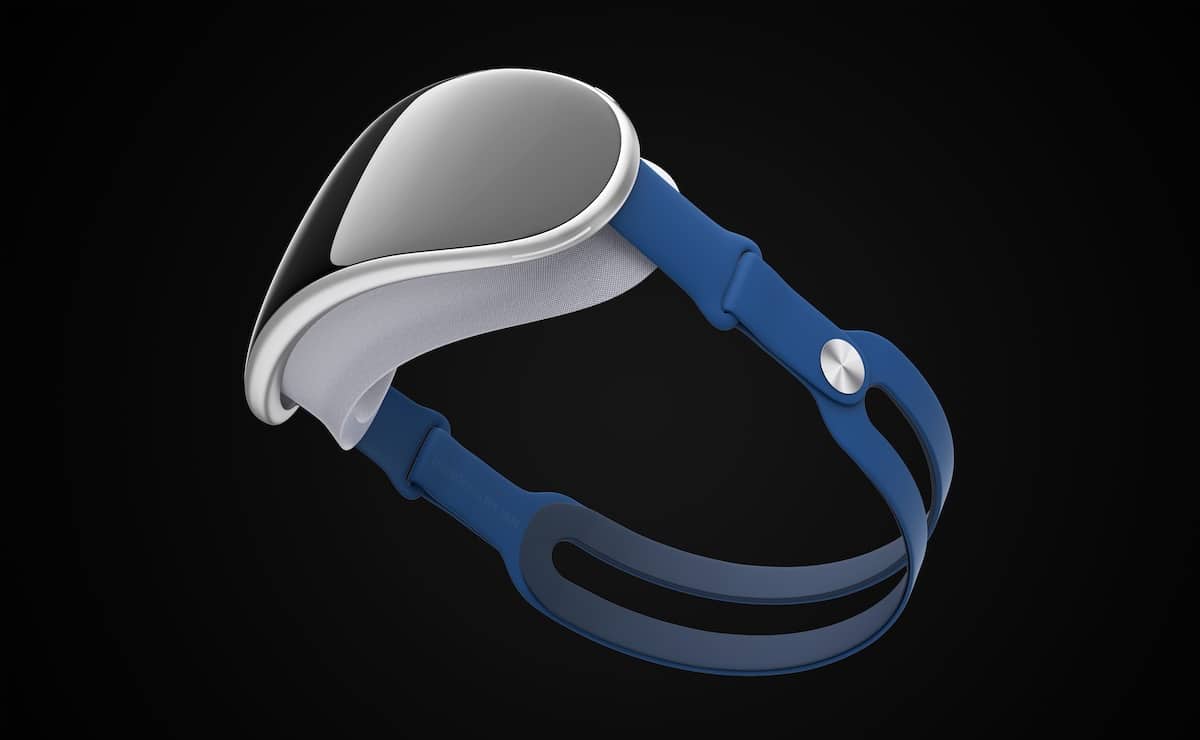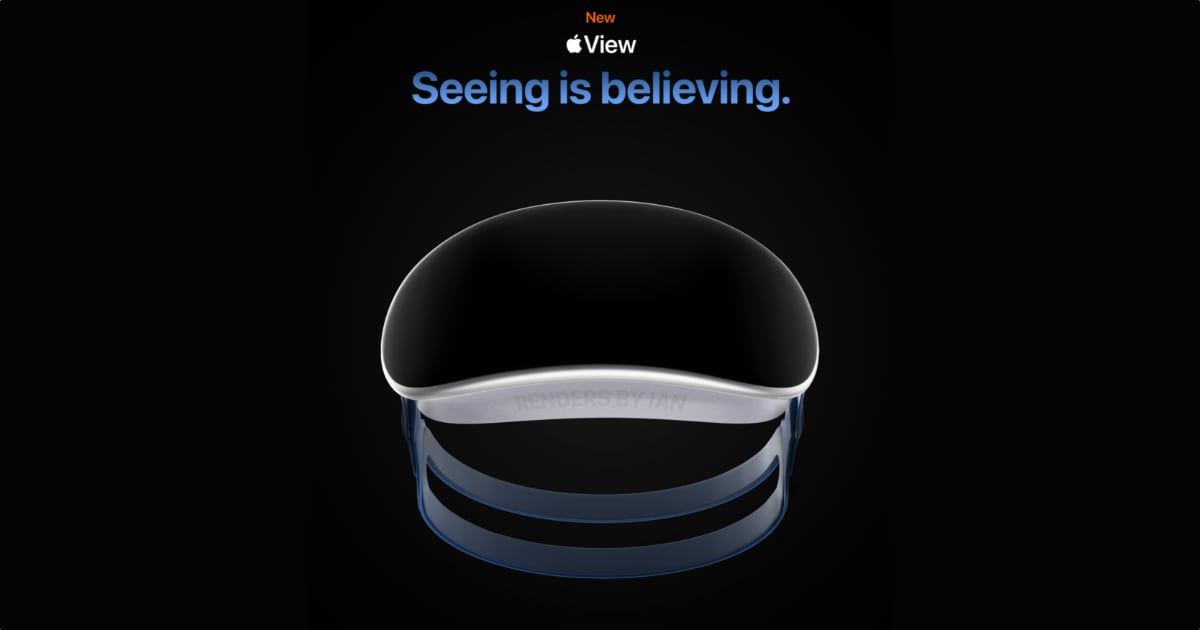When the original Apple Watch was launched in 2015, it needed to be paired with a compatible iPhone for setup or use. After seven years, the tech giant is expected to debut another new category, Apple mixed reality headset but it might not require an iPhone to work.

Apple’s mixed reality headset with combined augmented reality (AR) and virtual reality (VR) technology is reported to debut in the second half of 2023. Designed for entertainment and communication, the upcoming headset will be powered by xrOS and will be used for gaming, video streaming, and video calling reportedly.
The device will feature 4K micro-OLED interior displays, an exterior display to show users facial expressions, multiple cameras and sensors, LiDAR scanners, and the eye-tracking capability to only enable full resolution when the user is looking directly and save power and more. Therefore, the first-generation Apple mixed reality headset will cost between $3000 to $5000.
First-gen Apple mixed reality headset might need an iPhone to use its virtual keyboard
In his latest newsletter, Mark Gurman from Bloomberg claims that the latest test versions of the upcoming headset and its xrOS can be set up via iCloud backup which eliminates the need for an iPhone. Users will also be able to transfer data from their iPhone or iPad like they do when setting up a new device.
Previously, The Information reported that the AR/VR mixed headset would require a connection with another Apple device like an iPhone, iPad, or MacBook to work, much like the early models of the Apple Watch.

However, Gurman cautions that users might need to pair the first-generation Apple mixed reality headset with their iPhone because it will be operated with eyes and hand gestures, and currently the “in-air typing” tech is not working as expected in testing.
The headset doesn’t have a remote control but instead is operated by a user’s eyes and hands.
A key feature for text input — in-air typing — is available on the latest internal prototypes, I’m told. But it’s been finicky in testing.
So if you get the first headset, you still may want to pair an iPhone to use its touch-screen keyboard. The hope within Apple is to make rapid improvements after the device is released. The company expects its headset to follow the same path as the original Apple Watch in that respect.
The report also corroborates claims that the tech company is working on a cheaper second-generation Apple AR/VR headset, “Reality One”, which might debut in late 2024 or 2025 to deliver enhanced performance with a more powerful processor than the first-generation model.
I’m told the focus of the second Pro headset is performance. While the first model will have an M2 chip — plus a secondary chip for AR and VR processing — it’s not powerful enough to output graphics at a level Apple would ideally like. For instance, FaceTime will only support realistic VR representations of two people at a time, not everyone in a conference call.
Now the company is working to add a more powerful processor (perhaps a variant of the M3 or M4) for the second model, helping bridge that gap.
Read More:
- New Apple mixed reality headset rumors: new partner and cheaper model
- Apple mixed reality headset will let all users create AR apps via Siri
- How Apple’s mixed reality headset will switch between VR and AR, video streaming, calling and more
- Apple mixed reality headset to offer iris scanning for payments and authentication – Report